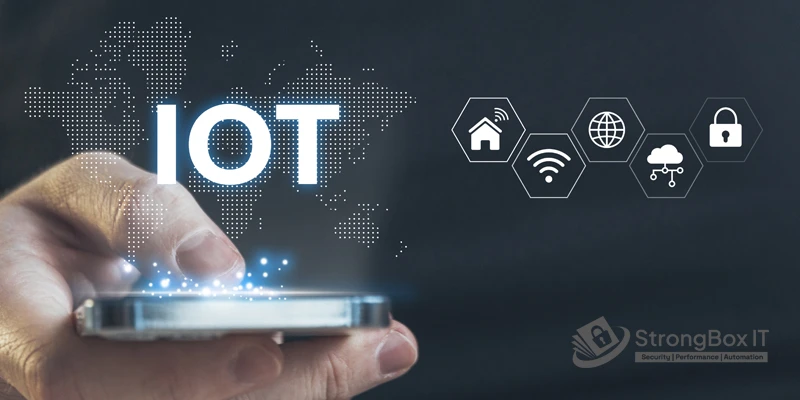
What makes Internet of Things (IoT) devices vulnerable?
IoT devices and networks, while highly beneficial, have also broadened the potential attack surface for cybercriminals. These connected devices can become a gateway for unauthorized intrusion if not adequately secured.
IoT devices can be vulnerable to cyberattacks due to several factors that exploit weaknesses in their design and implementation. Some of these factors include:
Internet of Things (IoT) Security Testing Benefits
IoT Security Assessment
IoT security testing is a comprehensive process designed to identify threats and vulnerabilities in IoT devices and mitigate them before they become active security risks. The process involves diverse techniques and methodologies, which is outlined below:
Device and Network Assessment: This step involves a thorough examination of an IoT device’s ecosystem, its software, and the communication protocols it utilizes. The goal is to understand the workings of the device, identify potential risk areas, and establish a testing framework.
Penetration Testing: This testing methodology is akin to a real-world attack simulation performed on the IoT device or network. It’s designed to discover vulnerabilities that potential cyber threats could exploit.
Risk and Compliance Assessment
Our Internet of Things (IoT) security testing also includes a thorough risk and compliance assessment. We ensure that your IoT devices and networks comply with the relevant regulations and accessibility standards.
Security Testing using specifics: On IoT devices, best practices recommend checking for default credentials that should be changed during initial setup, enforcing complex passwords, and checking for potential vulnerabilities such as cross-site scripting (XSS), SQL injection (SQLi), and cross-site request forgery (CSRF).
Black Box Testing: In this method, testers approach the system as a real-world attacker would, using only the information that is publicly available.
Detailed Reporting and Mitigation Strategies


